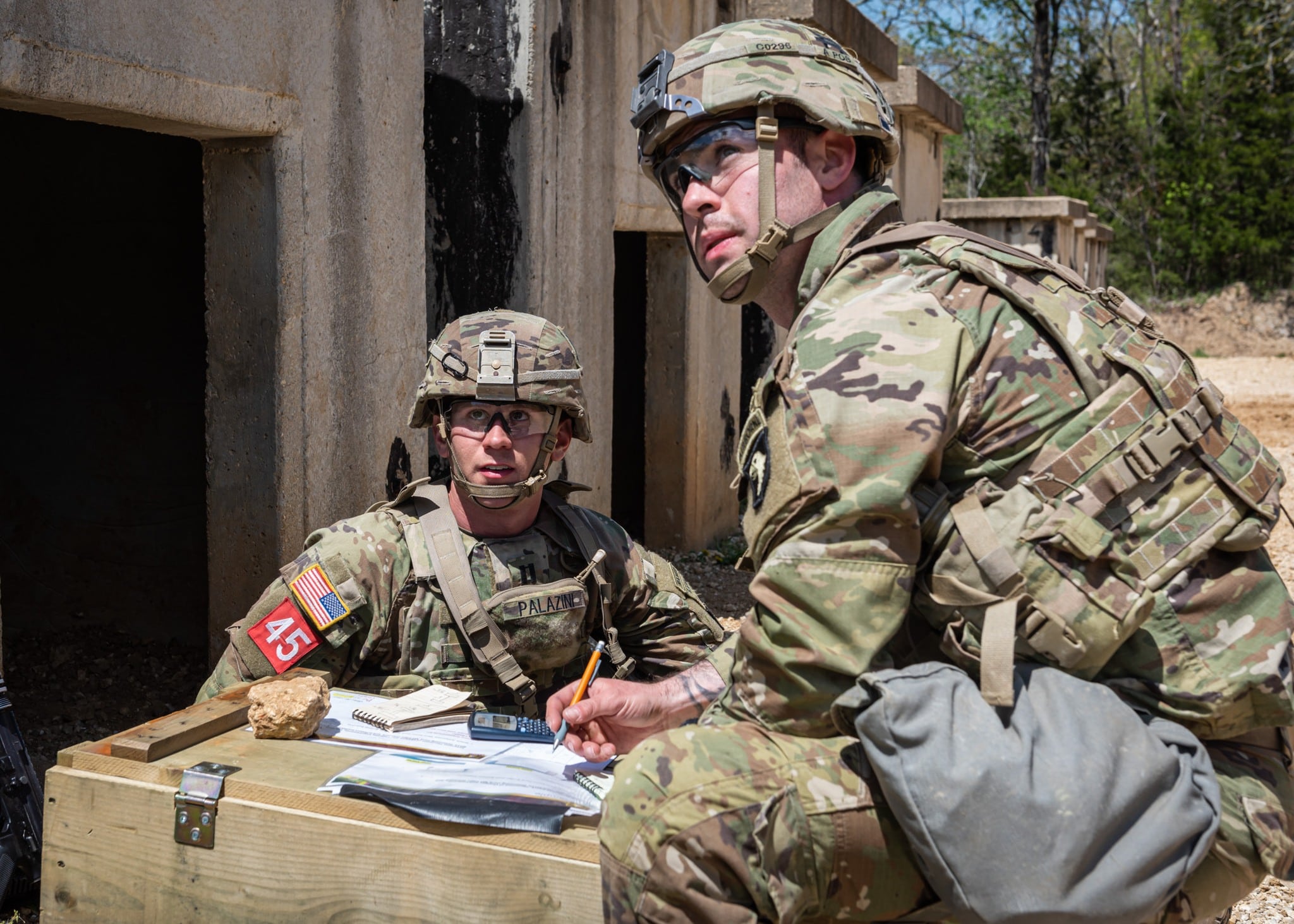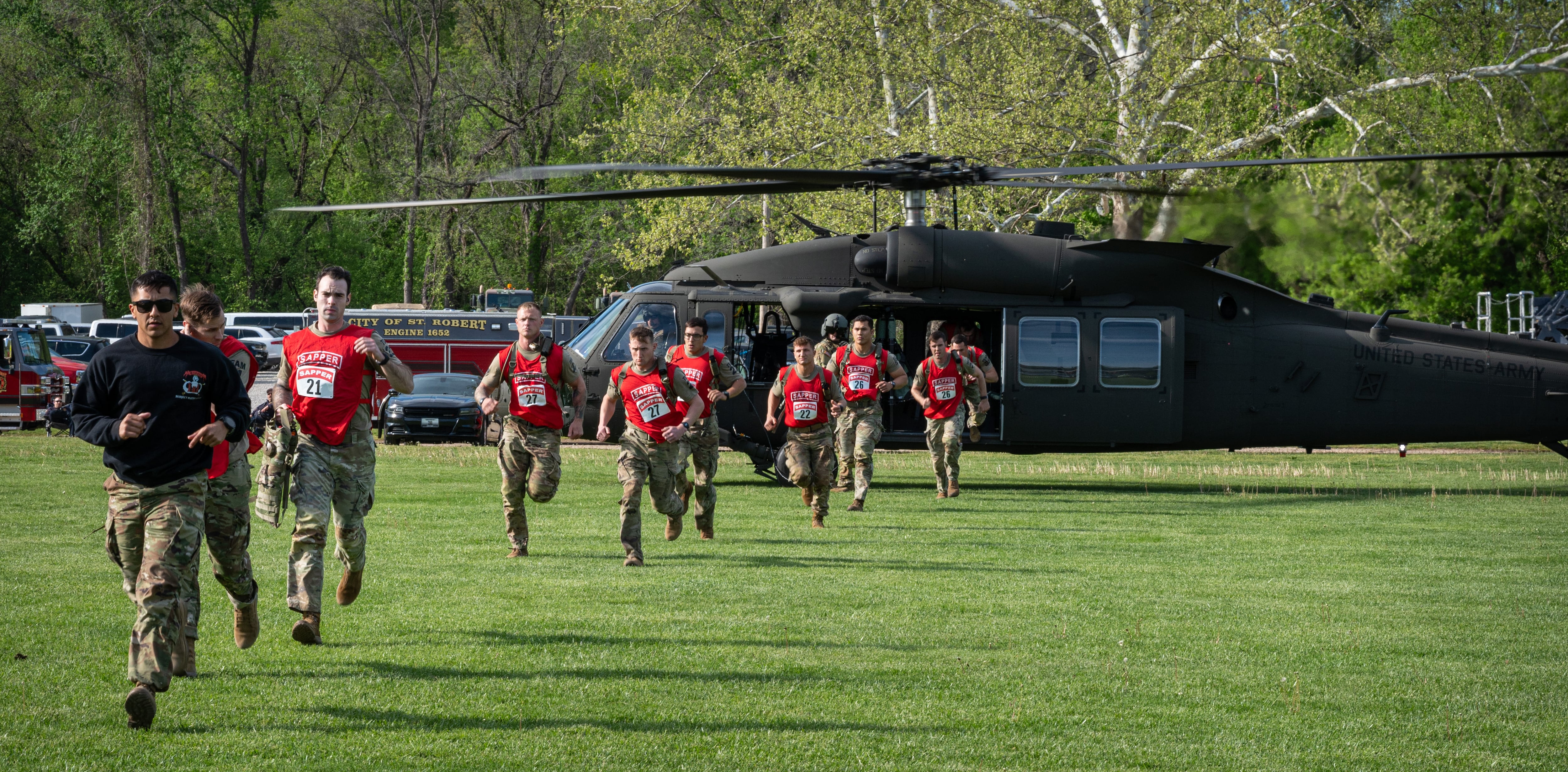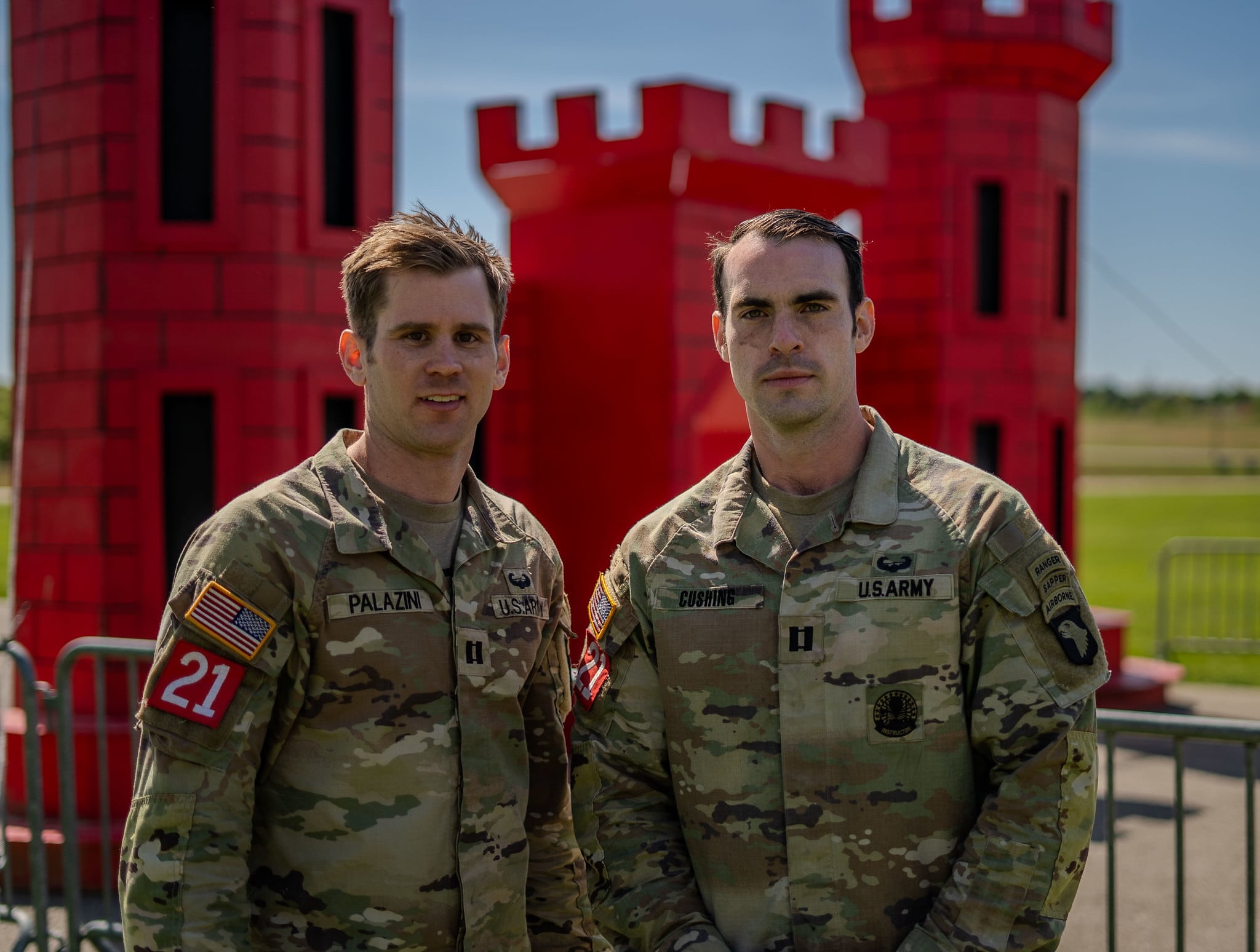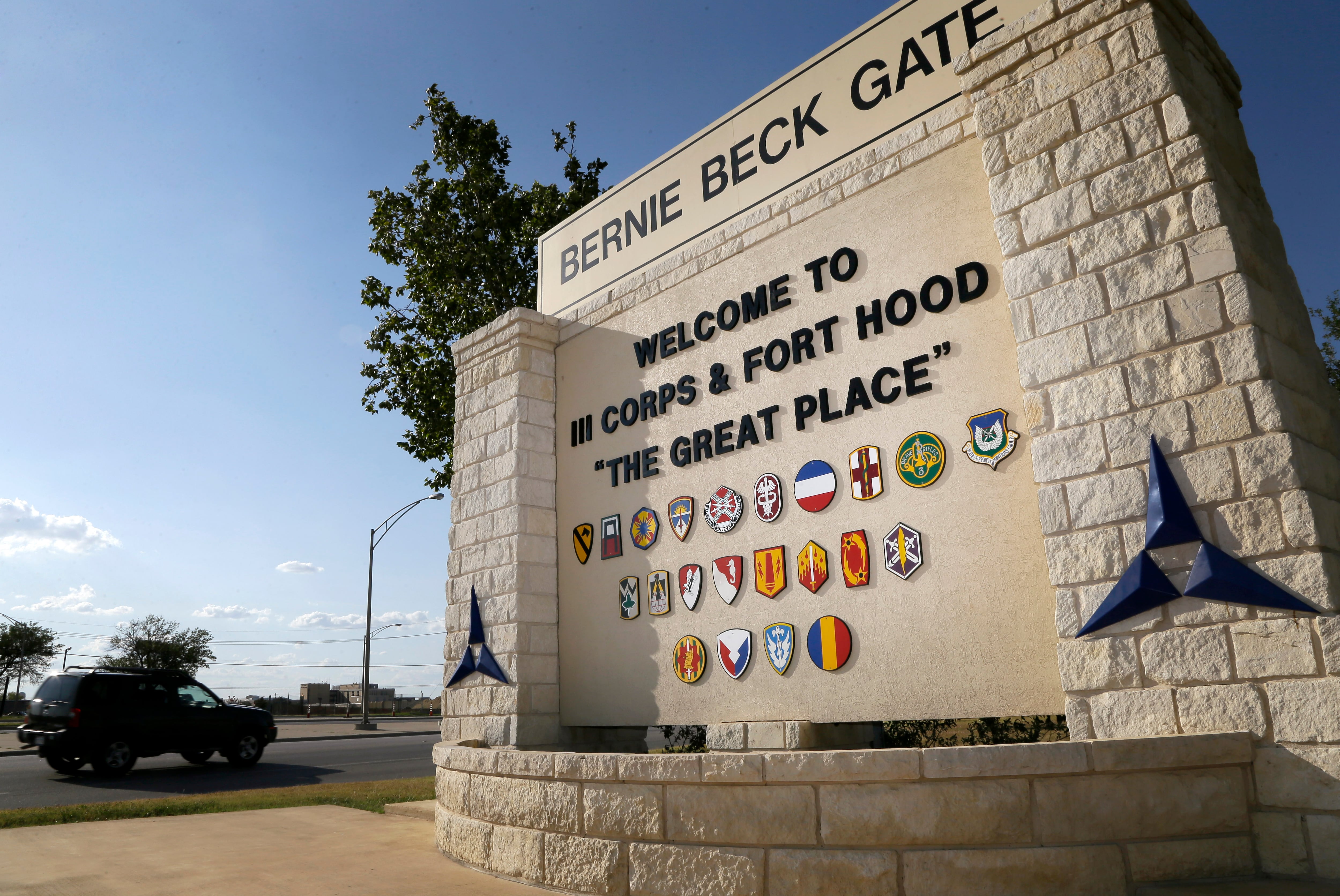The winners of the Best Sapper Competition might look a little familiar because, well, this is their second year in a row winning the prestigious — and rigorous — annual competition of Army combat engineers at Fort Leonard Wood, Missouri.
Capt. Joseph Palazini and Capt. Matthew Cushing of the 101st Airborne Division are the first pair to win the Best Sapper Competition twice in back-to-back years. The duo beat out 100 other pairs from 23 Army installations and 46 battalions in the 50-hour event spanning Friday to Monday.
“It feels good to do it again, but at the same time, it’s more to drive my own soldiers to do better and try to push more guys to come to Sapper school,” Cushing told Military Times. “It’s something to walk away with, pat yourself on the back, but figuring out how to do better for the next people, so, that’s really the biggest thing to walk away with. We know our stuff, let’s get our guys to know their stuff.”
Preparation for this year’s sapper competition began only a few weeks after last year’s competition concluded. The main question the competition’s creators had was “who should emerge the best sapper” and “what does that skill set look like from that group of individuals,” said 1st Sgt. Derek Elizardo, an instructor of the Sapper Leader Course.
The answer to that, Elizardo said, was a balance between technical know-how and physicality.
“It’s an even balance of physicality and just a technical individual, who can display and execute these tasks very proficiently,” Elizardo told Military Times. “Finding a balance for all of that kind of built a model that is this year’s Best Sapper competition.”
RELATED

Starting on Friday, the Best Sapper Competition began with a physical fitness test and obstacle course, which included a three-mile run. But then competition creators deviated from previous years.
Traditionally, the competition begins with a few miles of path that builds near the end of the event, Elizardo said. This year, the event was designed to “punch the competitors in the face” with a larger number of miles up front, he added. Competitors did another four-mile run — and then went right into a land navigation exercise.

Contestants spent their Saturday moving through 18.5 miles of “arguably the worst terrain,” Elizardo said. The 100 sappers participated in seven tasks along the way, including mountaineering operations, weapons qualification and other technology-based tasks. The day ended with a “Saturday Night Lights” event where each pair did a bridge destruction and “Murph” — a one-mile run, 100 pull-ups, 200 push-ups, 300 squats followed by another one-mile run.
By Sunday, only 30 teams remained, participating in demolition tasks and marksmanship tests. Into the evening, the pair did a ruck march totaling 12 miles. On Monday morning, the remaining competitors did a three-mile run with 10 stations of physically intense workouts. The pairs were not told how long either the ruck march or run would be until going to the starting line.
“All that physicality took place before we even got to the technical aspect of it,” Palazini told Military Times. “Just getting through the physical part was the hardest part for us — the fact that we had to do that upfront and knowing that we had to get through the technical aspect of it while we were fatigued.”
In spite of changes this year, the pair made history.

Zamone “Z” Perez is a reporter at Military Times. He previously worked at Foreign Policy and Ufahamu Africa. He is a graduate of Northwestern University, where he researched international ethics and atrocity prevention in his thesis. He can be found on Twitter @zamoneperez.




